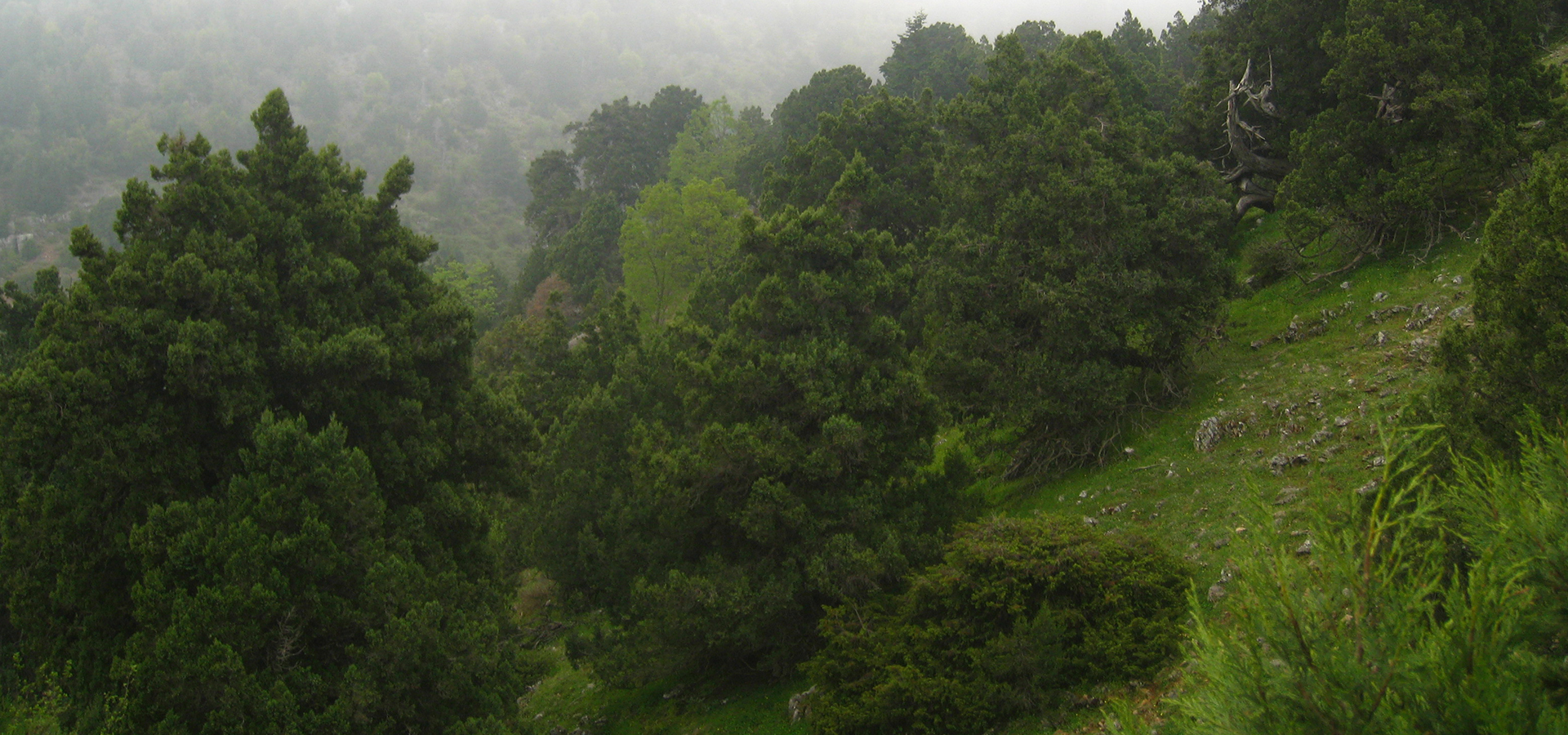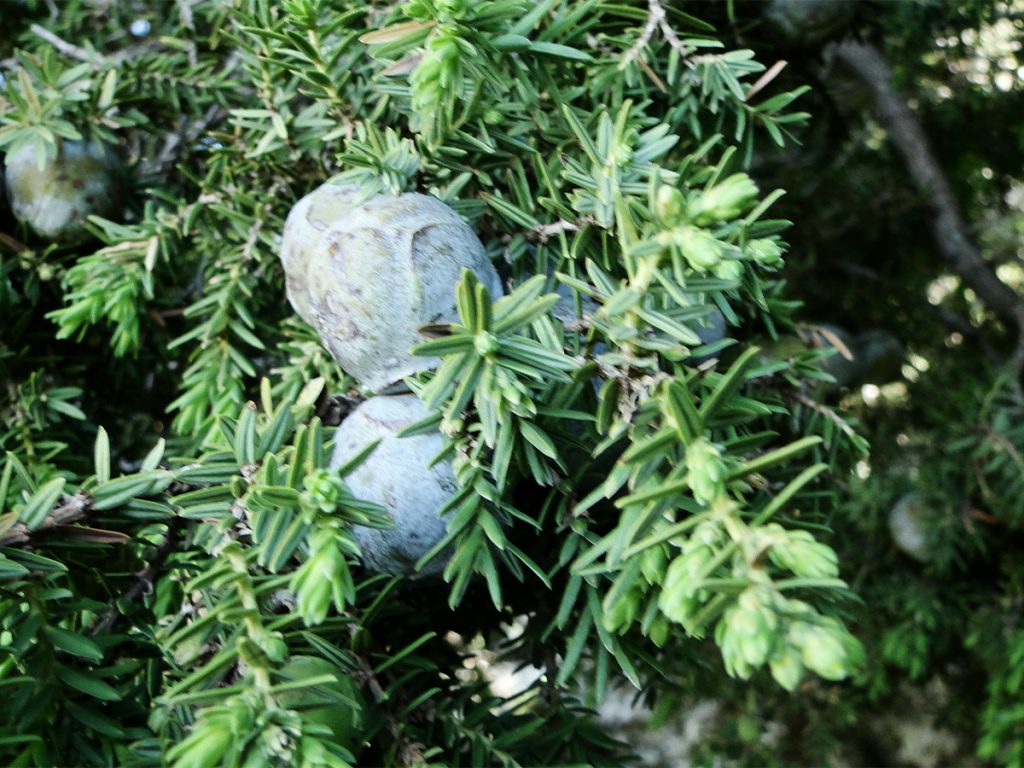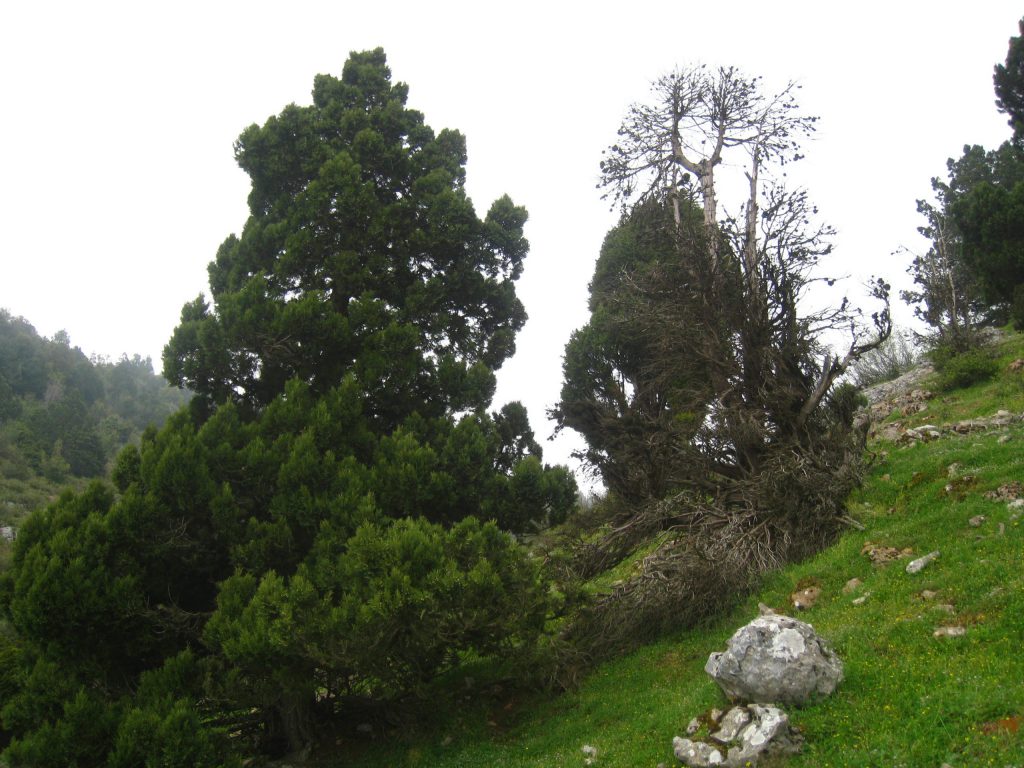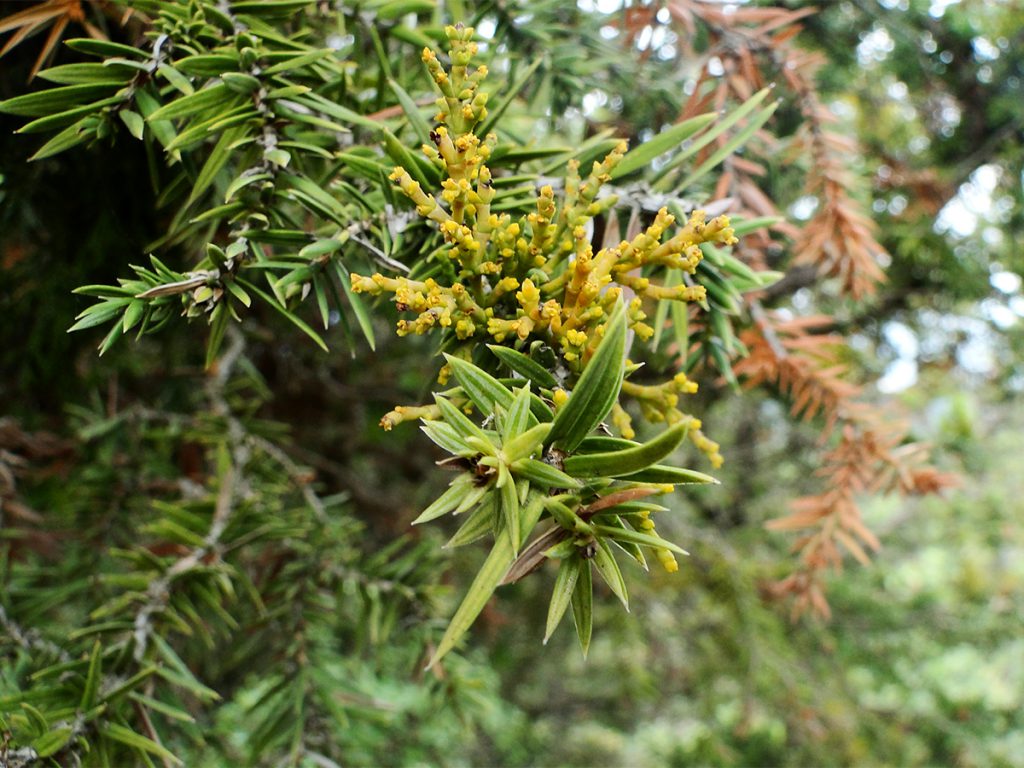
An Ancient Tree of the Eastern Mediterranean
- May 20, 2021
- 0
Juniperus Drupacea, A one of its kind Tree
The Syrian Juniper, known in French as “genévrier à drupes” is an ancient tree of the Eastern Mediterranean.
It is distributed only in four countries: Greece, Turkey, Syria and Lebanon. In our country, it is called “Defran” or “Barau” depending on the region.
The tree is a conifer, but one of its kind, since it is quite different from the other junipers. It has prickly needles like its cousin the J. Oxycedrus, but bears big fleshy violaceous fruits called “drupes” like its other cousin J. excelsa. Those fruits are very noticeable among junipers, which gave the species its Latin and French names. Yet, those fruits have their story.

Like many conifers, the fruits take 3 years to mature, and they turn from green to a violaceous color at maturity. Once they fall on the ground, several animals are attracted by their flesh. Rodents tend to eat it, leaving the endocarp or inner stone naked. This stone resembles a small nut, with a hard shell, protecting the seed inside. Surprisingly, the stone holds up to five seeds inside it, and those look like the pine nut seed, and even their taste is similar to it. Unfortunately, and despite the numerous seeds, the Syrian juniper has a hard time developing new seedlings and regenerating naturally. As a matter of fact, half the trees do not bear seeds, because the tree is dioecious, meaning that there are male trees giving only male flowers, and female trees bearing fruits. To make a female tree bear fruits, sufficient pollination or transfer of the pollen by wind from the male trees towards the female trees is required. Depending on the pollination efficiency, we might have zero to five seeds per fruit.
The story does not end here: to enable the seeds to germinate, a long process involving animals eating the outer flesh, snow and rain softening the seed’s shell, and further good environmental conditions are all required to allow the regeneration of a small number of seeds. This process and those conditions remain unclear. Meanwhile protocols for germination of the seeds in the nurseries or in the laboratories are being tested.
Consequently, the existing populations in Lebanon are precious and need to be preserved and well managed. The major populations are in Jabal Moussa, Ehmej, Douma, Jayroun and Wadi Serri, Qemameen, Qelleh forest and Mechmech-Akkar. The south most population is near Nabi Ayoub in Niha al Shouf. The tree thrives on a wide range of soils, but in cool humid areas between 1000 and 1900m, in regions with generous rainfall and snow.

The tree reaches over 20m height in our conditions. It has a cylindrical or pyramidal shape with a vertical trunk that was used in constructions to maintain earth rooftops in old traditional houses.
Juniperus drupacea is a pioneer species, which means it is a first comer to a forest ecosystem, and this is mainly because it prefers avoiding competition to space, nutrients, water and light. Once the forest is established, and the competition with other trees is hard, the aging tree become vulnerable to a parasite called the dwarf mistletoe. The mistletoe pastes to the branches, sucks the nutrients, and invades the tree. The weakened tree dies after a while. This sad ending is a new beginning for other tree species that replace it in the forest.

This natural evolution of the forest and the diminishing populations of the Syrian Juniper require some interventions and further research in order to optimize the conditions for its natural regeneration, and also provide a back-up plan through its possible multiplication in nurseries. Such projects become sustainable only if we combine the conservation of the species within some protected areas, and promote a sustainable use of its wood, resin and fruits.
Prepared by:
Jean Stephan, PhD
Biodiversity Conservation and Management of Natural Resources
Lebanese University
Faculty of Science -Fanar











